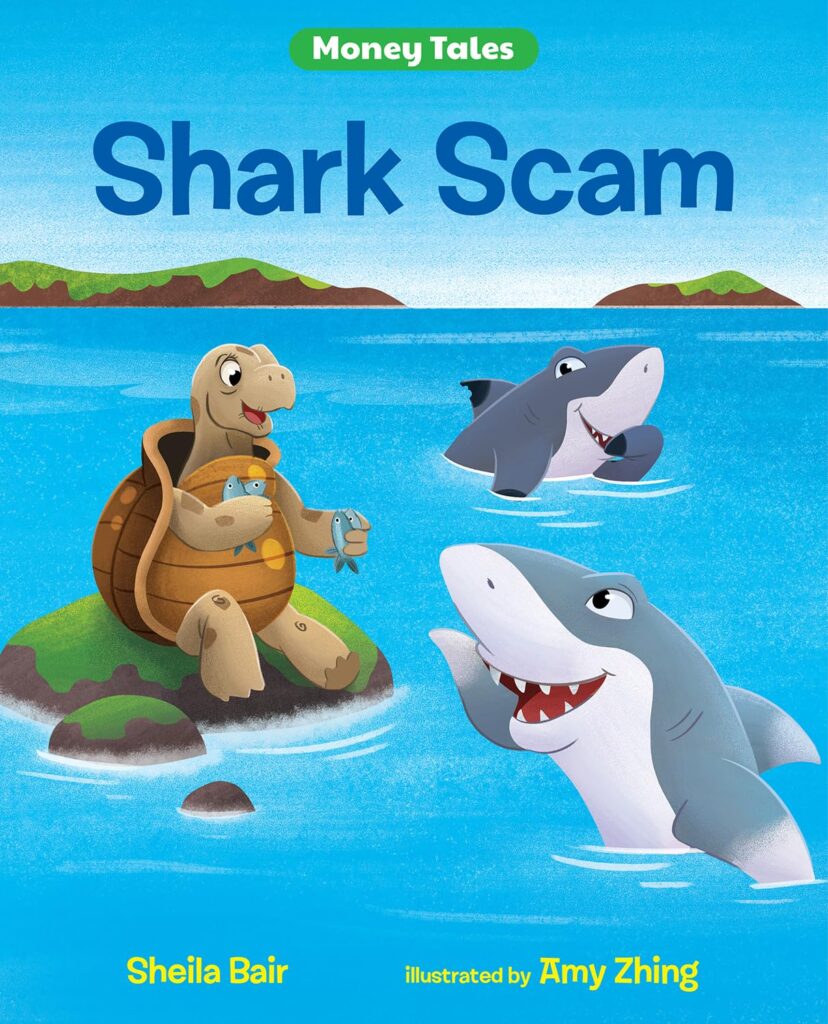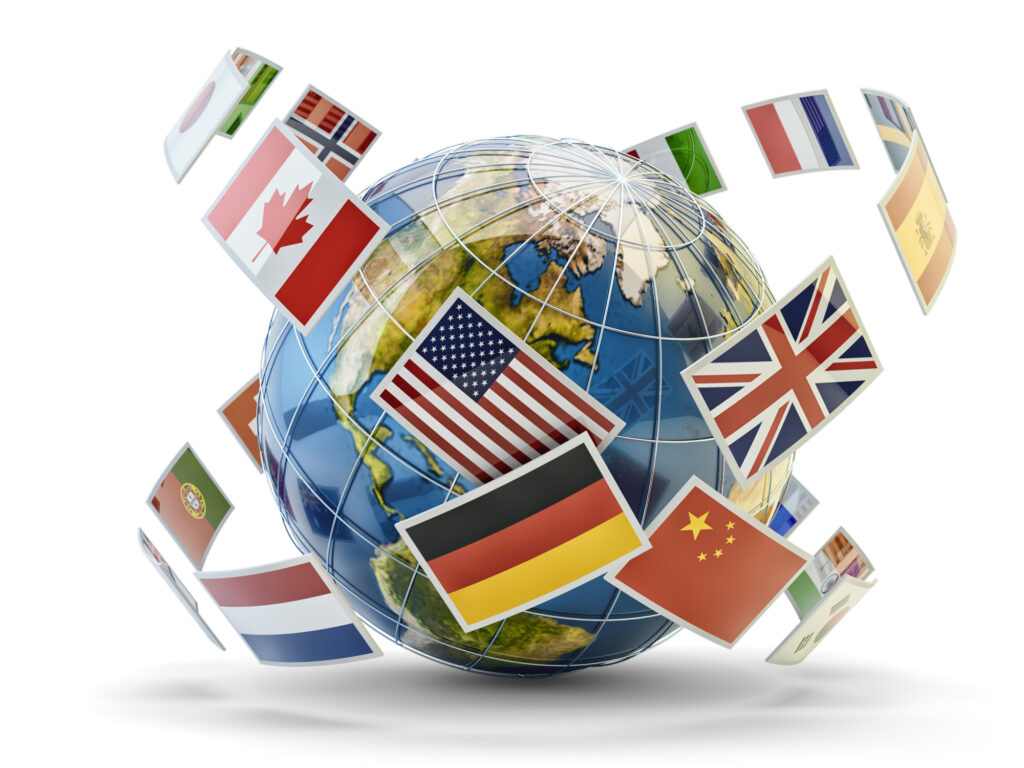
Content Partner
Grades 3-5

Don't have an account yet? Sign up for free
Don't have an account yet? Sign up for free

FBK Research Department Memo
To: Agent Penn E. Pincher & 1st Assistant
From: FBK Research Department – Request from Supervisor
Re: Your Task
You and your team of assistants will need to compile a fact book about the different countries the Big Bosses are scheduled to visit on an upcoming trip. You are to analyze these countries’ different currencies, exports, imports and who their trading partners are. You will also be tasked with the job of figuring out the Big Bosses’ expenses for their evening meals in these foreign countries.

Assignment 1:
Visit Country at a Glance from the United Nations Web site to view the country you have picked for a picture and some general information about that country.
Assignment 2:
Visit the CIA's World Factbook for information about your country. Record your findings in your Agent Notebook under Assignment 2.
Assignment 3:
Fill in relevant statistics from your country for the International Currency Factsheet your teacher has posted at the front of the room.
Print out a picture of the front and back of the most recent currency your country has in circulation. Pictures of currency can be viewed at the International Bank Note Society . To get to the data, you need first to select a language: then select "paper money virtual gallery." Once there, select "banknotes," which leads you to different maps of different continents. Find your country by clicking on the continent it belongs to.
Pictures of currency can be viewed at the International Bank Note Society . To get to the data, you need first to select a language: then select "paper money virtual gallery." Once there, select "banknotes," which leads you to different maps of different continents. Find your country by clicking on the continent it belongs to.
Assignment 4:
You must complete assignment 4, which is in your Agent Notebook. Your task is to find out how much money the Big Bosses will need in order to pay for their dinner in the country you are researching.
A calculator is recommended for assignment 4.
Every country has developed its own currency over hundreds, if not thousands, of years. A nation’s currency is often a source of national pride and patriotism. If everyone in the world used the same currency, trading sure would be a lot easier, but it will likely be a very long time before that happens. If you have heard about the European countries working together to introduce the euro as a common currency, you may know how complicated that process really is.

No matter where you are, you can use the currency in that country to buy goods and services because it serves as a medium of exchange, a store of value and unit of account, just like the U.S. dollar at home. So you see, these items are really very easy to identify with a little practice; they are certainly very familiar to the children in the countries you as agents have researched. Good job!
This just in: https://econedlink.org/wp-content/uploads/legacy/605_lostmemo1.pdf has been found. See if you can figure out the exchange rate, using the information you have gathered.
When you have finished the lesson, ask other students to join you in creating additional data for review. (Try for a group of 3-6 students.)Visit this section of the UN Cyber School Bus site.
Enter the name of your country; then select Go. Be patient while the graphs load.
Then select comparison factors from the Select Category: Population, Economy, Health, Technology or Environment.
Identify factors you will use in making comparisons about each country: the economy and technology categories will provide you with several items worthy of discussion.

Content Partner
Grades 3-5

Content Partner
Grades 6-8, 9-12

Grades 6-8, 9-12

Grades 9-12
